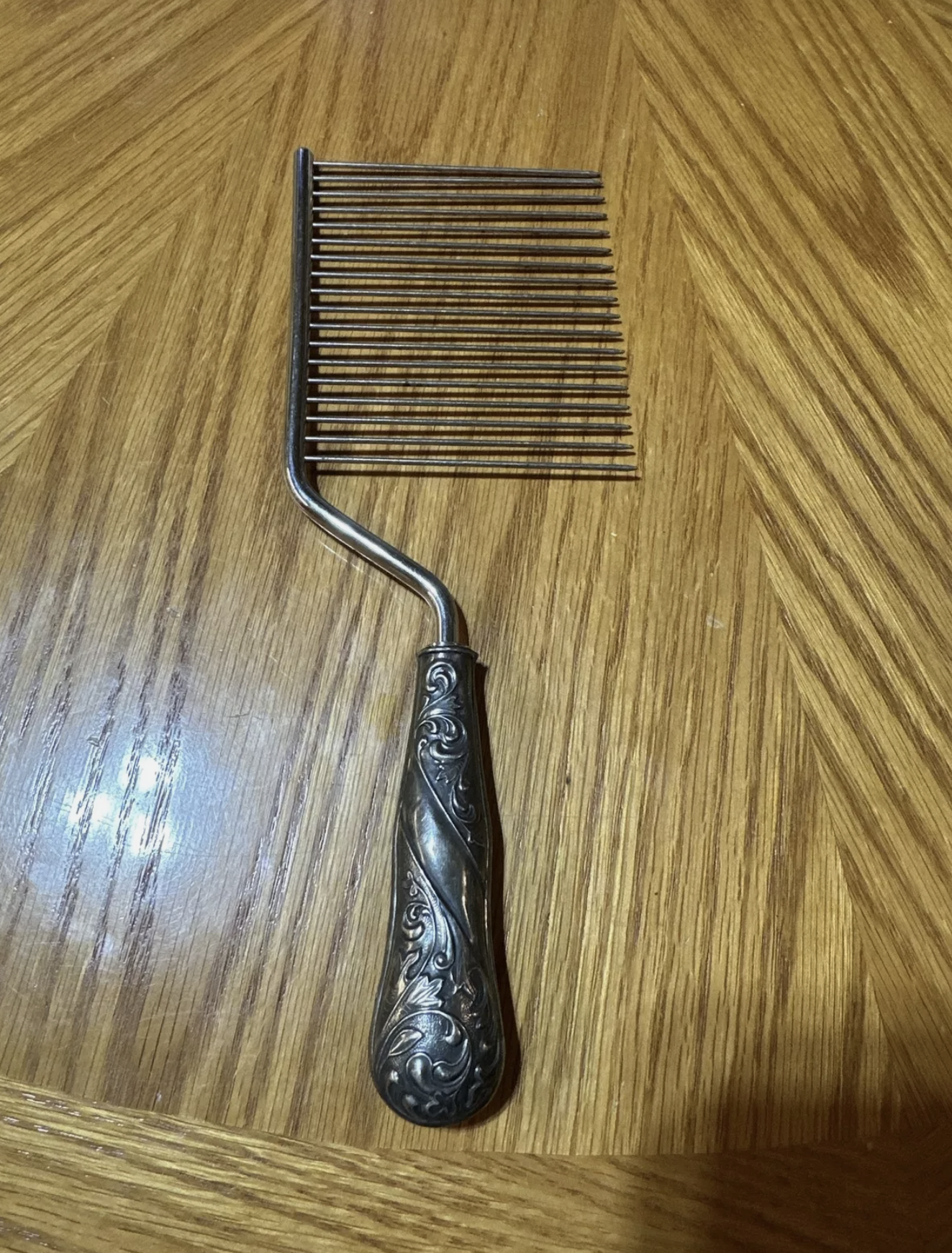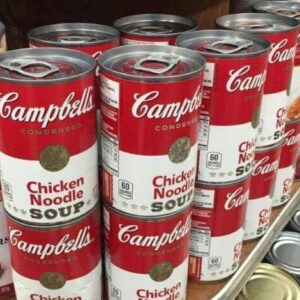The Story Behind a Unique Kitchen Tool
Some kitchen utensils do more than serve a purpose—they tell a story. The angel food cake cutter stands out as one of the most unique and memorable. It resembles a cross between a rake and a comb. For those lucky enough to see it in action, it evokes warm, nostalgic memories.
Why Angel Food Cake Needed a Special Cutter
Angel food cake is made from whipped egg whites, sugar, and flour. Without butter or oil, it turns into a delicate, cloud-like cake. A regular knife would crush or flatten it. The angel food cake cutter solves this problem. Its thin, spaced tines gently pierce the cake. You insert the tines straight in and then slide the cutter along them to create a clean, perfect slice.
A Mid-Century Kitchen Staple
From 1940 to 1970, angel food cake became a staple in American homes. Families served it after dinners, at potlucks, and during backyard picnics. Its light, airy texture made it ideal for any gathering.
Some cutters featured ceramic or porcelain handles, often decorated with flowers or gold accents. Others were plain and practical. Either way, each cutter produced clean slices and showcased care in the kitchen.

More Than a Kitchen Tool
These cutters often carry sentimental value. Some appeared only a few times a year, while others showed the smoothness of regular use over time. They remind us of a period when baking was intentional, serving others was a priority, and meals were savored slowly.
Are They Still Useful?
Angel food cake cutters remain functional. They work well on chiffon cakes, soft breads, or crumbly desserts. Even if you never use one again, it makes a striking vintage display. Online videos and tutorials demonstrate their clever design and operation, helping new generations appreciate a tool that has largely become obsolete.
A Slice of Nostalgia
The angel food cake cutter preserves a small, meaningful piece of kitchen history. Its design served a clear purpose, combining intent with practicality. Whether rediscovered or passed down, it reminds us of the care, skill, and charm of “the good old days.”





